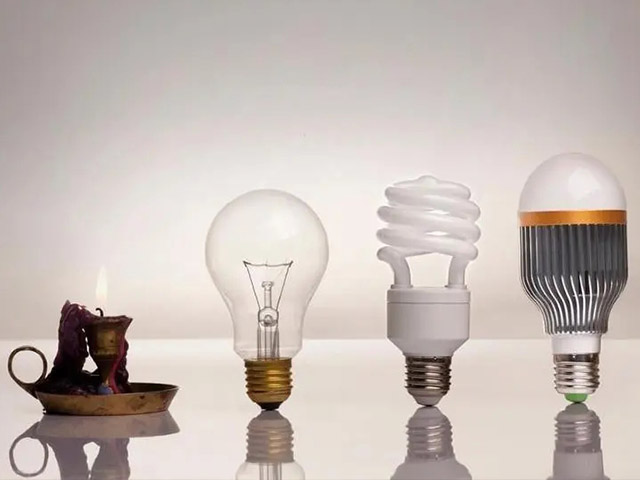The “Tomb” of the incandescent lamp, the road to the new light source of LED lights

After Edison, who monopolized the capital market, mass-produced bulbs, the application of bulbs entered an era of rapid progress. According to research data published by Fouquet and Pearson, as we develop from using handmade candles to mass-produced bulbs, the cost of artificial light Over the centuries, it has fallen from thousands of pounds per lumen hour to a fraction of a fraction. The decline in costs caused the consumption of artificial light in the 20th century to be 100,000 times that of the 18th century.
The waste of energy by incandescent lamp
Energy and light are so abundant that the market seems to be affordable, and the hidden dangers of waste have quietly laid the groundwork. In fact, the cost of artificial light power supply is extremely high. However, before the “oil crisis” in the mid-1970s, global resources and economy developed rapidly, and there was no pressure to change the status quo of energy waste.
With the advent of compact fluorescent light bulbs (CFLs) (the energy efficiency of which is five times that of incandescent lamp technology), the concern about energy consumption began to be exposed, incandescent lamps encountered severe challenges. With Philips and Osram in the 1980s When CFL was first introduced to the market, the first crack in the hegemony of incandescent lamps appeared.
When “efficiency” began to become a buzzword. New technologies were eager to line up to become “Big Things”. Unthinkable things also began to happen: “The government actually wants to pass legislation to phase out incandescent light bulbs. ”
“Today, incandescent light bulbs are almost as extinct as the dinosaurs, and all eyes see the emerging LED technology as a panacea for “environmental pollution.”
Today lighting accounts for 19% of global electricity consumption. In view of the fact that incandescent bulbs can effectively waste up to 95% of the energy to generate heat instead of light, more and more countries have passed legislation to reduce the demand for resources for lighting.
In the UK, lighting consumes more than one-fifth of the total electricity generated by power stations, and LEDs have the potential to reduce this number by at least 50%. Statistics from the U.S. Department of Energy also agree that it is estimated that by 2025, “LED and other solid-state lighting can reduce global lighting power consumption by 50% and reduce carbon emissions by 258 million metric tons.
As people generally believe that LEDs can save a lot of energy, the world seems to have begun to spontaneously change our lighting methods. In the past decade, the European Union has gradually banned all types of incandescent lamps.
The Energy Conservation Trust Fund stated: Although historically, we may be “not too concerned” about the fact that “the efficiency of light bulbs is only 10%”… In the past few years, a completely different attitude towards lighting has emerged.” The white paper “The Right Light” stated that this new attitude was only partially driven by legislation, and the goodwill of “the public’s increasing appreciation for the role of good lighting in improving housing” provided the rest of the market transfer.
The reality is that industry and household appliances are only now beginning to experience a phased change. This is because people hope to gradually adopt energy-saving emerging technologies, such as LEDs, at the expense of incandescent lamps. Now, halogen lamps and compacts The same is true for fluorescent lights.
The future of light sources
Today, the European Union has clearly defined the need to replace the light source. The history of incandescent lamps has also been discontinued in Europe. The regulations require: “The minimum efficiency is 85 lumens per watt, and the maximum standby power is 0.5W. All standard bulbs, fluorescent lamps and spotlights sold in the European Union must meet the ecological design requirements.
These specify energy efficiency requirements and other factors such as life, time, and energy label. According to the European Union, “Through energy-saving lighting, household electricity bills can be reduced by 25 Euros per year. By using LEDs instead of halogen lamps, you can extend your 20-year holiday on the product to 100 Euros. Energy-saving lighting can save energy every week, for 11 million families provide for a year and emit 120 billion U.S. dollars in Europe.”
